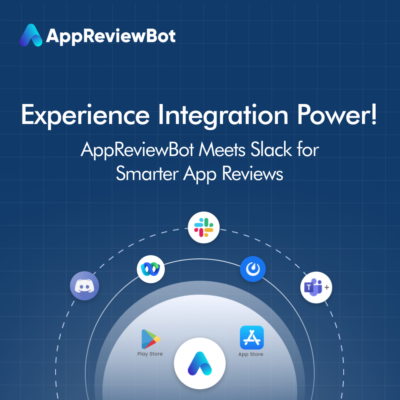Ever had an idea for a new feature that you want to have built at your company? If so, this blog post is for you! No matter your role or company, getting a feature built is hard work.
“Building a feature is a team sport.” – Jenny Pollock
There are many steps between the initial idea and bringing that feature to production. There are only so many hours a day and only so many product and engineering resources.
To get your feature built you’re going to need user research, internal visibility, success metrics, strategic partners, a strong business case, and a monetization plan.
Select an Impactful Idea
Ideas can come from many places: your user base, pulled from user research data, or you can dream them up out of nothing. You’ll likely have more ideas than you have time to execute.
Think big and select one or two features that will have a big impact on your users and your business. Once you’ve narrowed it down it’s time to validate the features with user research.
When possible, it’s best to leverage both qualitative and quantitative methods. Depending on the research objectives, qualitative data can validate your quantitative findings or vice versa. Some of my favorite tools for execution on research are:
- Quantitative User Surveys: Survey Monkey + Google Forms
- Qualitative User Interviews: Userresearch.com + Zoom
“Ideas are easy. Execution is everything. It takes a team to win.” — John Doerr
Potential Upside
The first step in building your business case should be checking the potential upside. You can do this by calculating the TAM, SAM, and SOM.
Total Addressable Market (TAM): The market if you were able to get anyone who would ever have interest in your product to buy it.
Serviceable Available Market (SAM): Who your product can reach based on your business model
Serviceable Obtainable Market (SOM): Who your product can reach based on current resources
Knowing an expected return on investment (ROI) is also helpful. It can be hard to calculate if you’re unaware of the potential investment cost at this stage. If you can calculate it now, great! If not, keep gathering information and internal support and work to determine the ROI.
Having these calculations will be helpful when recruiting internal strategic partners.
Internal Support: Strategic Partners
Once your idea is validated and the total addressable market is calculated, it’s time to gather a support team of strategic partners. This team will help navigate the rest of the way to launching the feature.
First, identify strategic partners for your feature. Some questions to help identify who to reach out to:
-
What teams have similar goals?
-
Who would see the launch as a win?
-
What teams are needed to make the launch happen?
-
Who is in a good strategic position to be able to help?
-
Is there anyone on the executive team or other senior leadership that can act as a sponsor?
-
What team members can help the feature gain visibility?
“Great things in business are never done by one person. They’re done by a team of people.” — Steve Jobs
Next, loop in your manager and team so they can help validate the strategic partners needed. Start with one on one conversations as you recruit. Share the vision for the feature and position it as a win, win, win.
- A win for the strategic partner’s team
- A win for your team
- A win for the company
Secure additional visibility by sharing user research data company-wide with a lunch and learn. Follow up with an internal post and email sharing the data for those who could not attend.
Measure Success
Align on success metrics with all teams involved. Define what success looks like for the feature and how it will be measured.
Some common ways to measure success include:
- App Downloads
- DAU & MAU
- Session Length
- Revenue
- Return on Investment (ROI)
Craft a Go-to-Market (GTM) Plan
Your GTM should include all the platforms your company utilizes for communication with current and potential new users.
Some examples include:
- Push, popup messages
- In-app comms
- Emails
- Native & Interstitial Ads
- Social channels such as Instagram, Facebook, Pinterest, and Tik Tok
- Update your App Store and Play Store descriptions and make sure to write great changelog notes
Partner cross-functionally with your marketing, engineering and product teams to coordinate the launch and associated GTM steps.
Now you have the playbook to get go from idea to production. Keep in mind, even with the rise of low and no-code tools, company development resources remain highly sought after. Leverage the strategies above to get your idea to production.
Want to Learn More?
Want more details on the strategy and tactics that can help propel your feature from an idea to production?
You’re invited to attend the related session “How To Get Your Feature Built: A Playbook from Idea to Production,” at MGA Global Virtual Conference 4.0 on 11/18/21. We’ll do a deep dive on the topic and there will be a Q&A at the end. Get your free watcher pass today!
Jenny Kay Pollock is the Lead Subscription Monetization Manager at Together Labs. Based in the Bay Area, Jenny focuses on driving mobile revenue and subscription monetization.





 0
0



